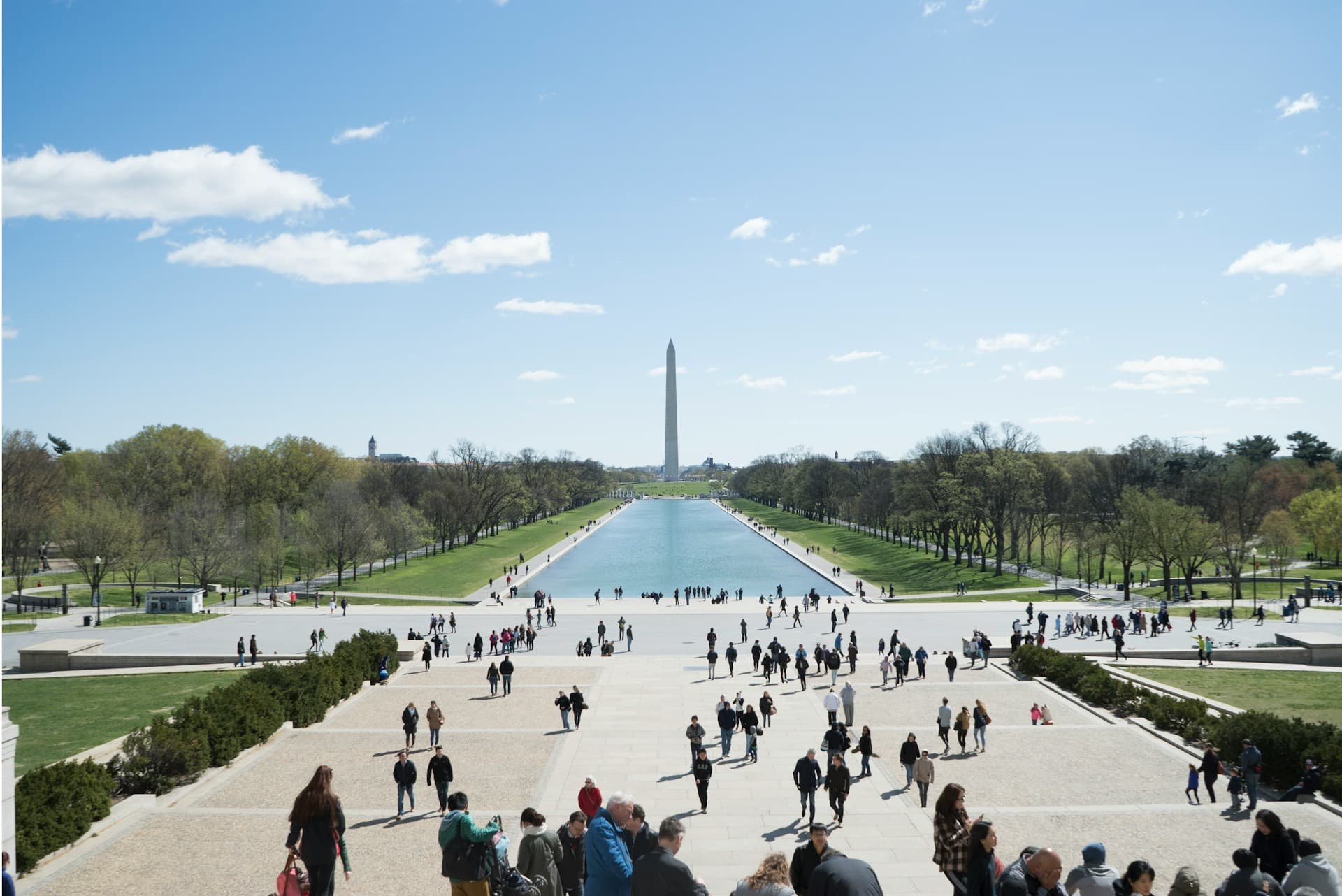Incarcerated Women Largely Ignored in Criminal Justice Reform

Over the course of 25 years, women’s incarceration has increased drastically, and has reached a point where females are jailed at a rate of nearly 150 percent when compared to men. According to the ACLU, there are now more than 200,000 women behind bars and more than one million women on probation and parole--many of which have been caught up by the “war on drugs,” with heavy sentences for non-violent offenses.
Although women are incarcerated at an alarming rate, they still make up a paltry fraction of the overall number of people imprisoned within the criminal justice system in the United States. Because of this, women receive little attention when it comes to criminal justice reform.
This is problematic, as the female prison population has gender-specific needs that differ from men’s needs, and by focusing on their rehabilitation, significant progress could be made across the gender spectrum and help solve the rampant prison overcrowding problem.
That women make up only 7 percent of the total incarcerated population is one reason they should be focused on specifically, argues Criminal Justice Professor Emily Salisbury of the University of Nevada, Las Vegas. Salisbury, who made her case at a compelling TEDx event, argues that the crimes that women commit are, on the whole, related to money, addiction, and lack of resources rather than violence.
Her statistics are backed up by The Sentencing Project, which shows that in comparison to men, women are more frequently incarcerated for non-violent drug or property offenses than they are for for violent crimes.
“Women are often overlooked because on the surface, they make up a small part of the criminal justice puzzle,” writes Boston University professor Dr. Danielle Rousseau. "In reality, though, women's experience in the criminal justice system has an immense effect on future generations of our society. The incarceration of women has an immediate and systemic involvement from one generation to the next. We need alternative pathways and examples. We need trauma-informed approaches that are intergenerational.”
The question remains how women ought to be prioritized as a minority in the criminal justice system. How do we provide appropriate support networks to keep them from re-incarceration? How can they receive treatment for alcoholism, PTSD and trauma, and gender-specific health concerns?
Part of this treatment may involve keeping non-violent offenders close to their families, and offering opportunities for education and employment in crime-ridden areas. Many programs that do just that have already been successful in the United States.
One example lies in Cincinnati, where seven years ago, the Cincinnati Police partnered with academics in order to cease crime and recidivism in an area that where poor people of color are disproportionately targeted by police. Police and academics made significant progress by simply offering known offenders access to education.
Other initiatives have allowed women to remain in their homes with their children after pleading to non-violent offenses. Justice Home New York, is one organization that works with women offenders, providing case managers to help them with educational advancement, job training, supervision, and treatment for substance abuse and other mental health issues. Not only do these programs help keep women out of the system, but they also prevent cyclical incarceration from affecting their entire family. This program in particular also costs significantly less than incarceration, costing a mere 10 percent of the cost of incarceration.
Women face a number of unique challenges in the criminal justice system, and when addressed, many of these issues can not only help women who commit non-violent crimes, but equally help communities and families who ultimately suffer from the consequences of women’s incarceration.
Photo Credit: ozguroral / shutterstock.com



